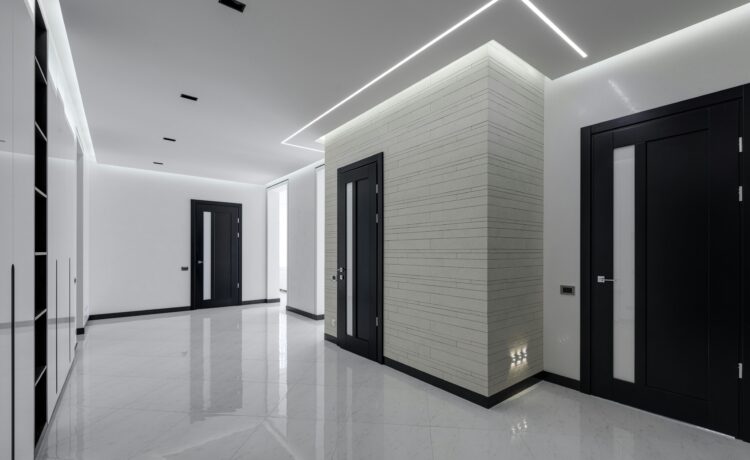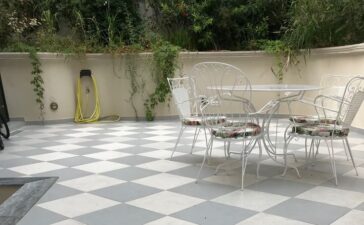Lighting serves as an indispensable tool, shaping the ambiance, functionality, and aesthetics of any space. As technology continues to advance and environmental consciousness grows, indoor lighting trends are experiencing a significant transformation. Let’s delve into the exciting shifts occurring in the world of indoor lighting.

Embracing Energy Efficiency
With sustainability at the forefront of consumer consciousness, energy-efficient lighting solutions have become a cornerstone of modern interior design. LED technology has emerged as a frontrunner, offering superior energy efficiency and longevity compared to traditional incandescent bulbs. Moreover, LED lighting provides designers with a versatile palette, allowing for customizable colors and dynamic lighting effects to suit any mood or occasion.
LED strip lights have revolutionized interior design, offering unparalleled versatility and creativity. These flexible, adhesive-backed strips boast a multitude of applications, from accentuating architectural features to adding ambiance to residential and commercial spaces. With customizable colors, brightness levels, and programmable effects, these strip lights provide designers with a dynamic tool to transform any environment. Whether used to highlight shelves, illuminate coves, or create captivating visual displays, these sleek and energy-efficient lighting solutions continue to redefine the possibilities of modern illumination.
Integration of Smart Lighting Systems
The proliferation of smart home technology has paved the way for intelligent lighting systems that offer unprecedented control and convenience. From voice-activated commands to smartphone applications, homeowners can effortlessly adjust lighting settings to match their preferences or schedule. Additionally, advanced sensors enable automated lighting adjustments based on occupancy or natural light levels, enhancing both comfort and energy savings.
Human-Centric Lighting Design
Recognizing the profound impact of lighting on human well-being, designers are increasingly incorporating human-centric principles into their lighting schemes. This approach involves mimicking natural light patterns to regulate circadian rhythms and promote productivity, comfort, and overall health. Tunable LED fixtures allow for dynamic adjustments in color temperature throughout the day, creating environments conducive to relaxation, concentration, or social interaction as needed.
Artistic Expression through Lighting
Beyond mere functionality, lighting has evolved into a form of artistic expression, allowing designers to craft captivating visual experiences. Sculptural light fixtures serve as focal points, infusing spaces with personality and style. Innovative lighting designs often blur the boundaries between art and utility, incorporating avant-garde materials, geometric forms, and interactive elements to evoke emotion and stimulate the senses.

Sustainable Materials and Design Practices
In tandem with the rise of eco-consciousness, designers are embracing sustainable materials and design practices in their lighting creations. Recycled materials, such as reclaimed wood and repurposed metals, lend a rustic charm while reducing environmental impact. Furthermore, modular lighting systems promote longevity and adaptability, allowing components to be easily replaced or upgraded without the need for complete replacement. As indoor lighting continues to undergo a transformative evolution, it is clear that the future holds boundless possibilities. From energy-efficient technologies to human-centric design principles, the latest trends in indoor lighting reflect a harmonious blend of innovation, sustainability, and aesthetic ingenuity. Whether illuminating homes, offices, or public spaces, lighting design has the power to shape environments, evoke emotions, and enrich lives in profound ways.





